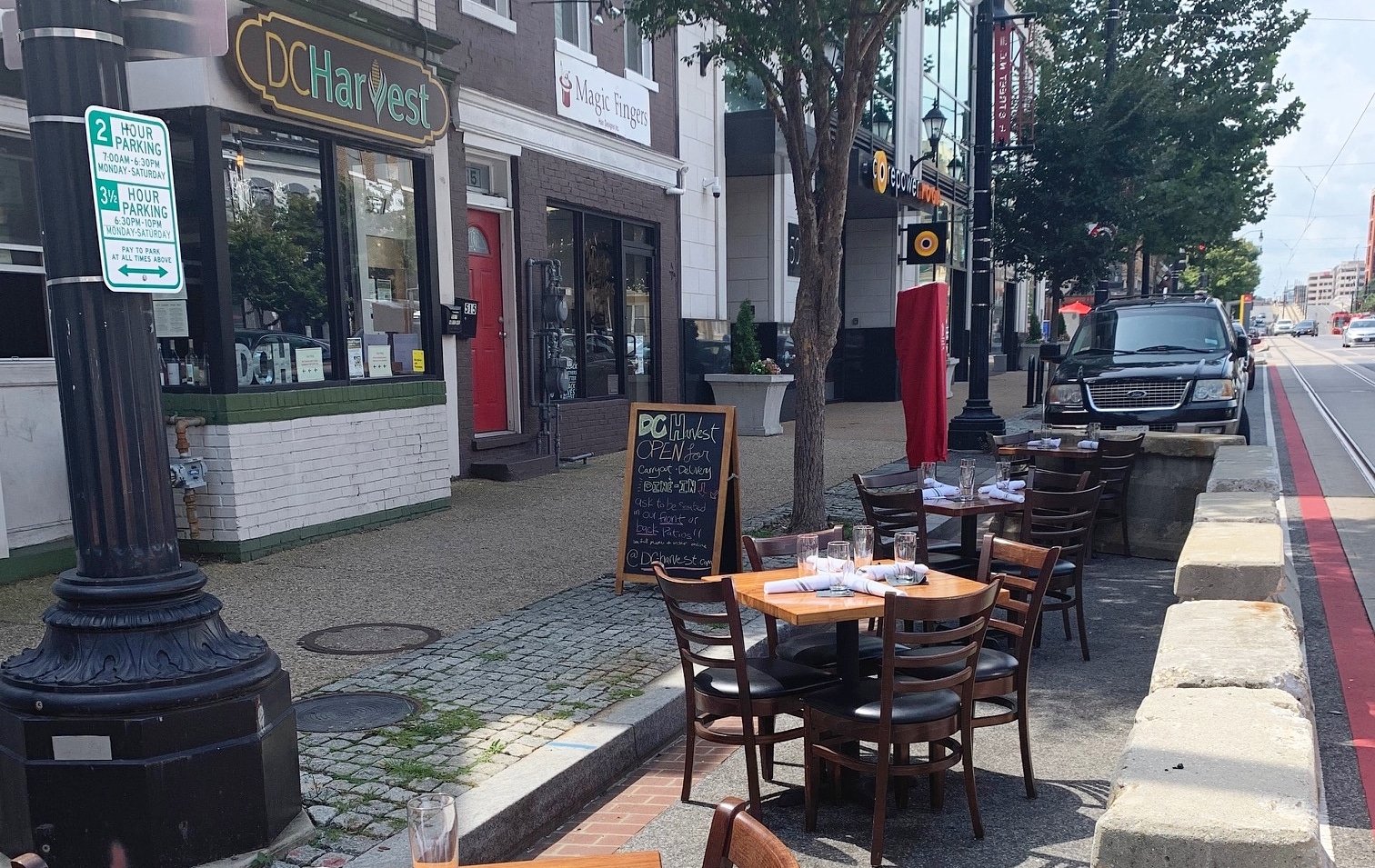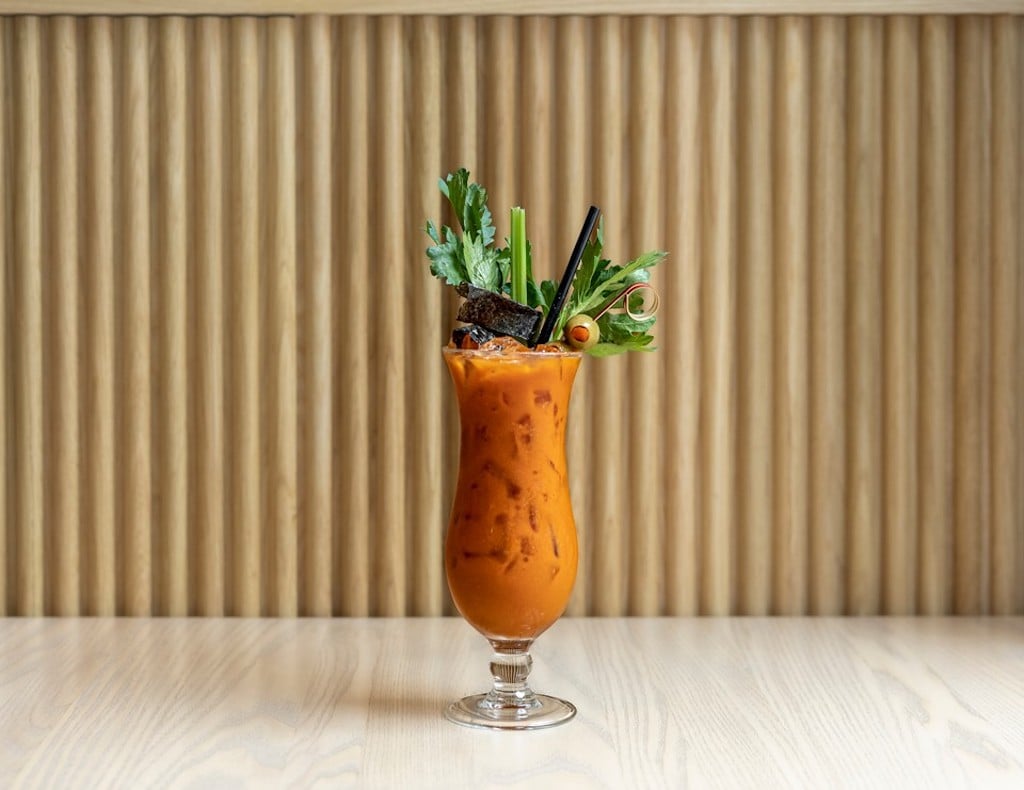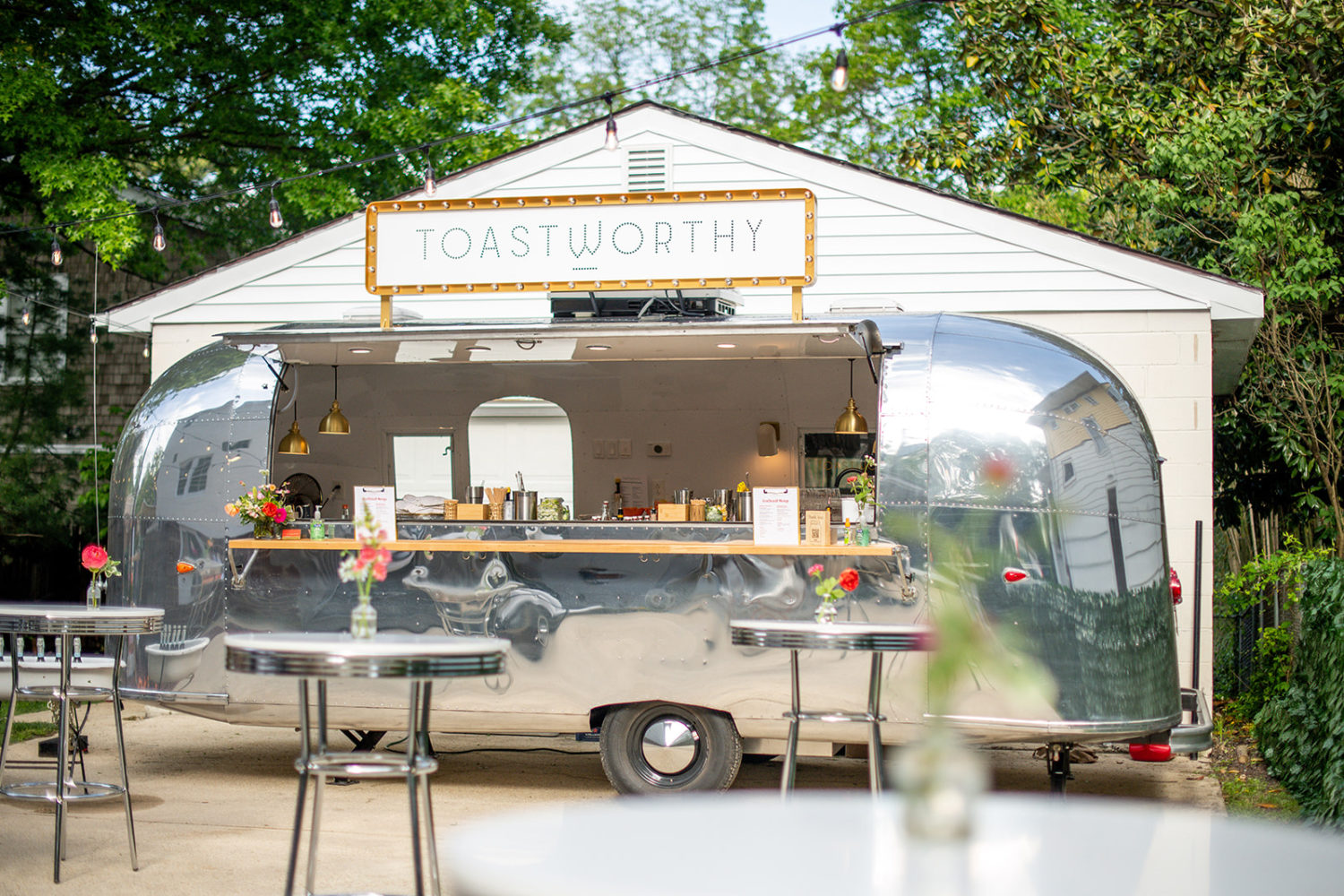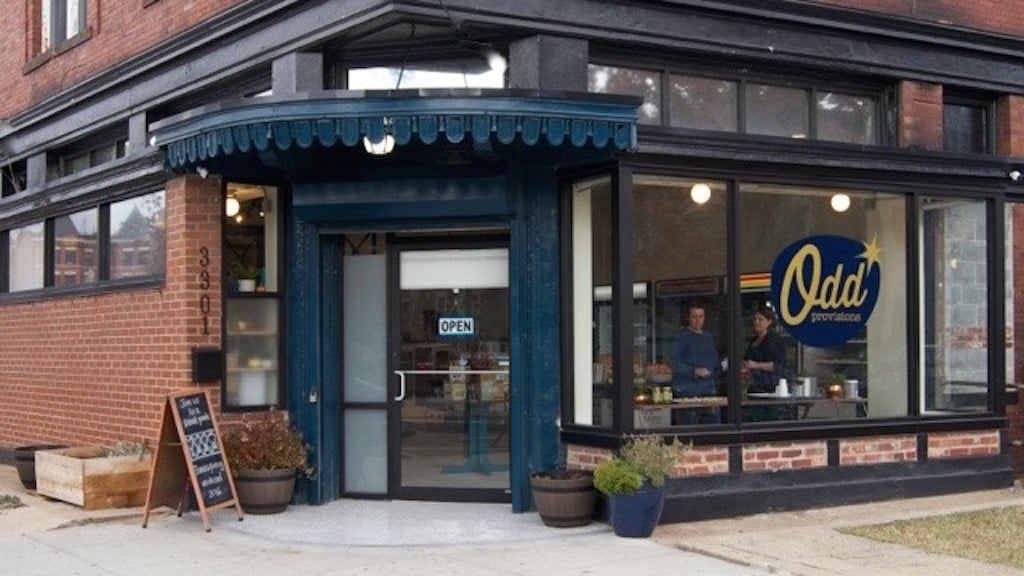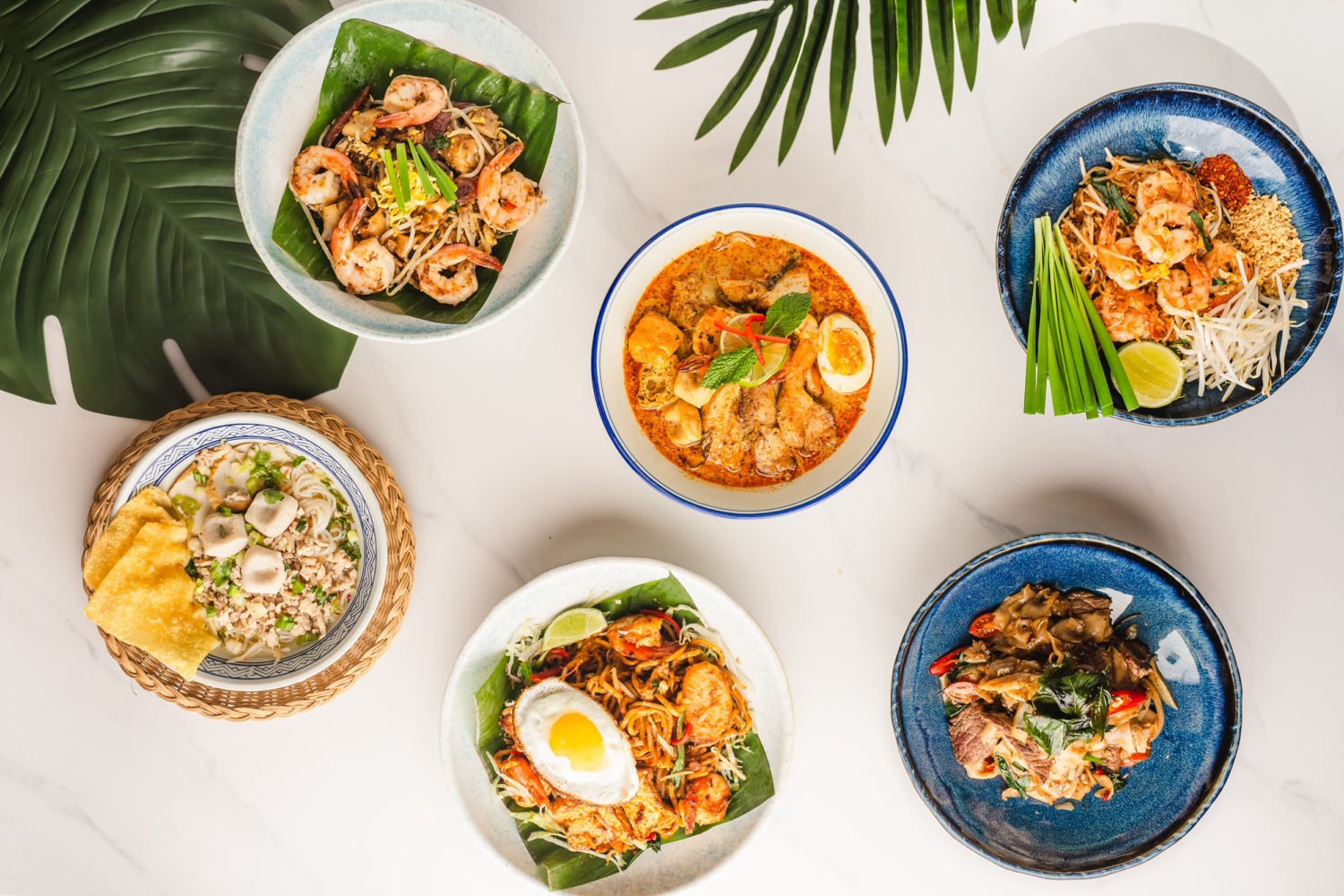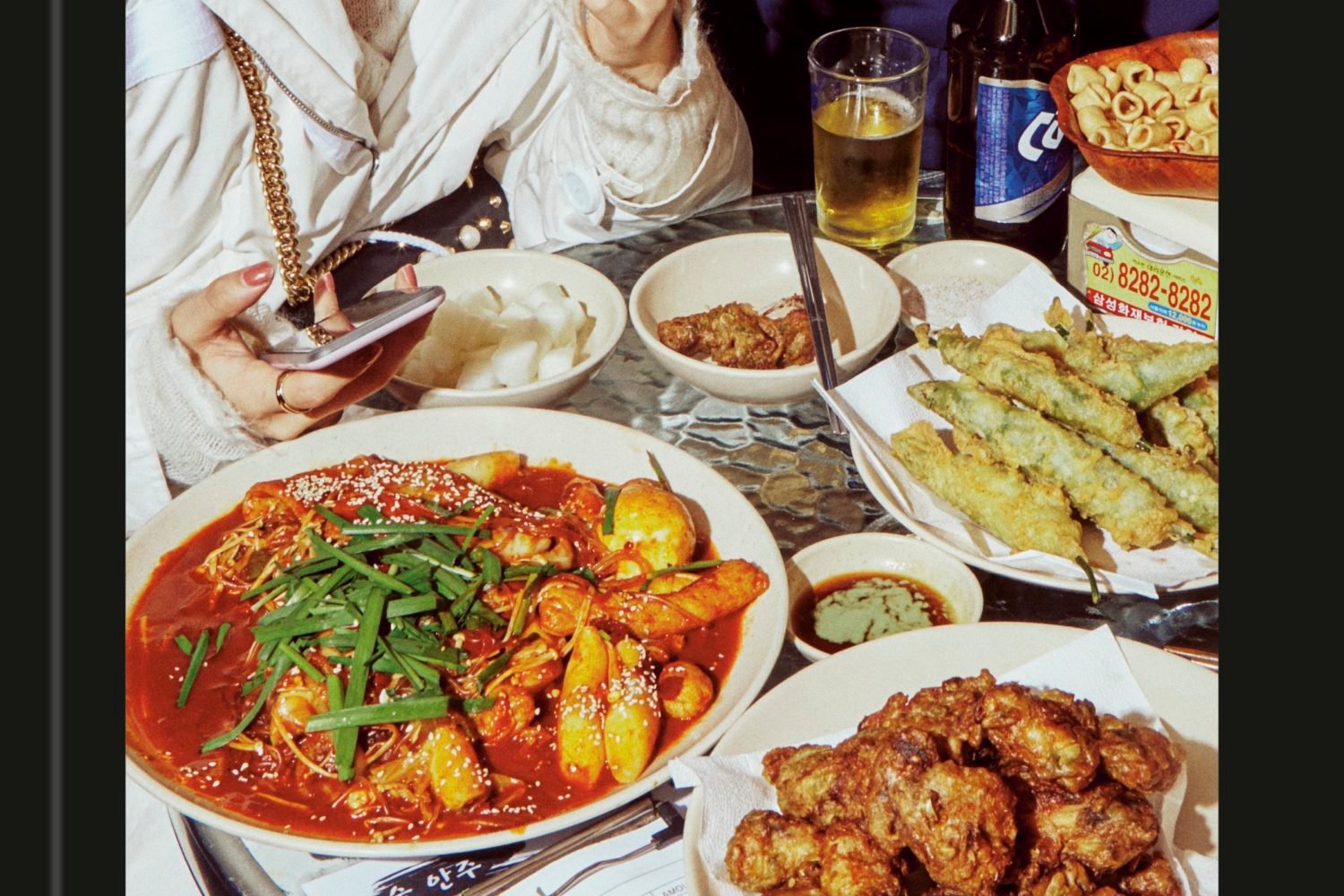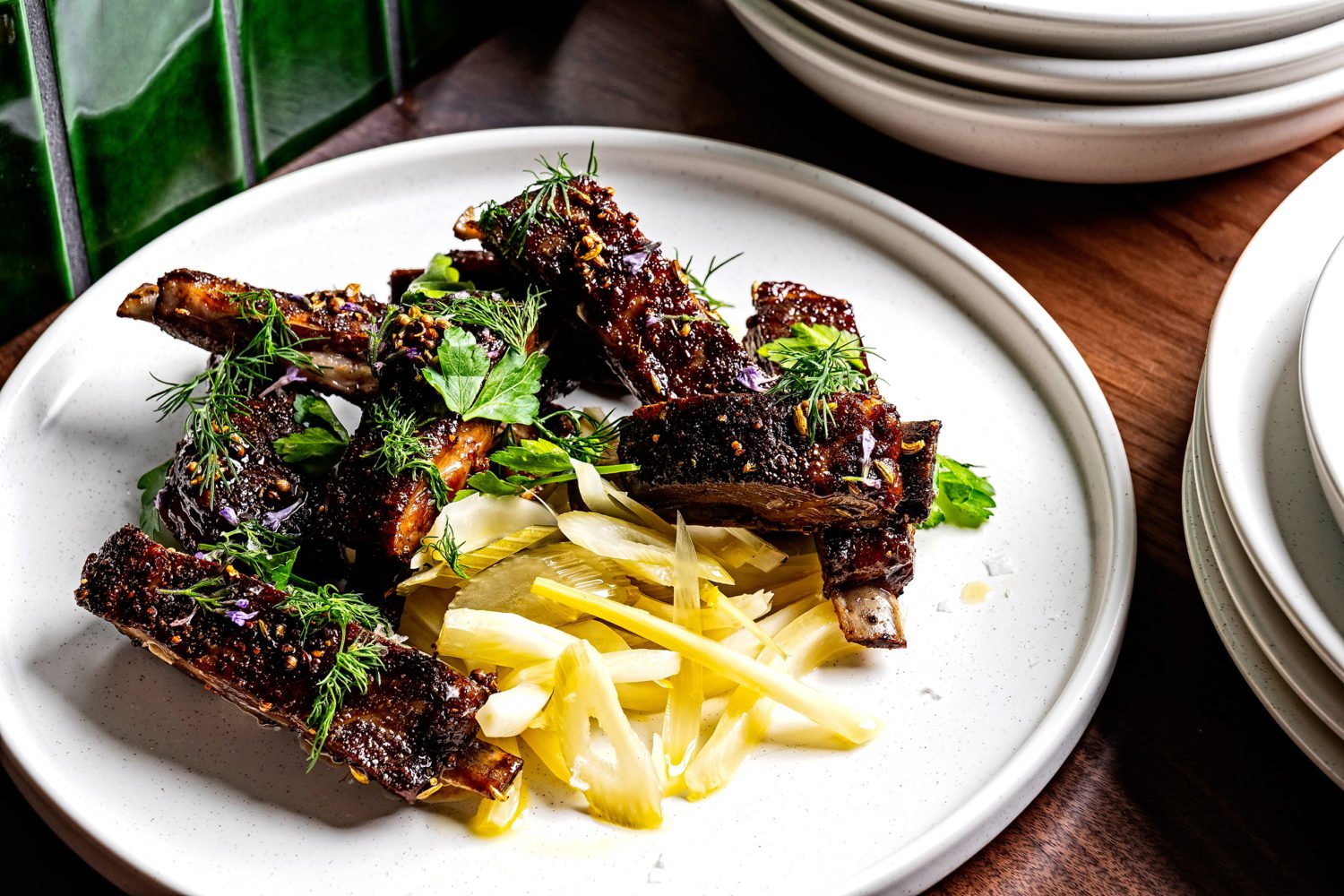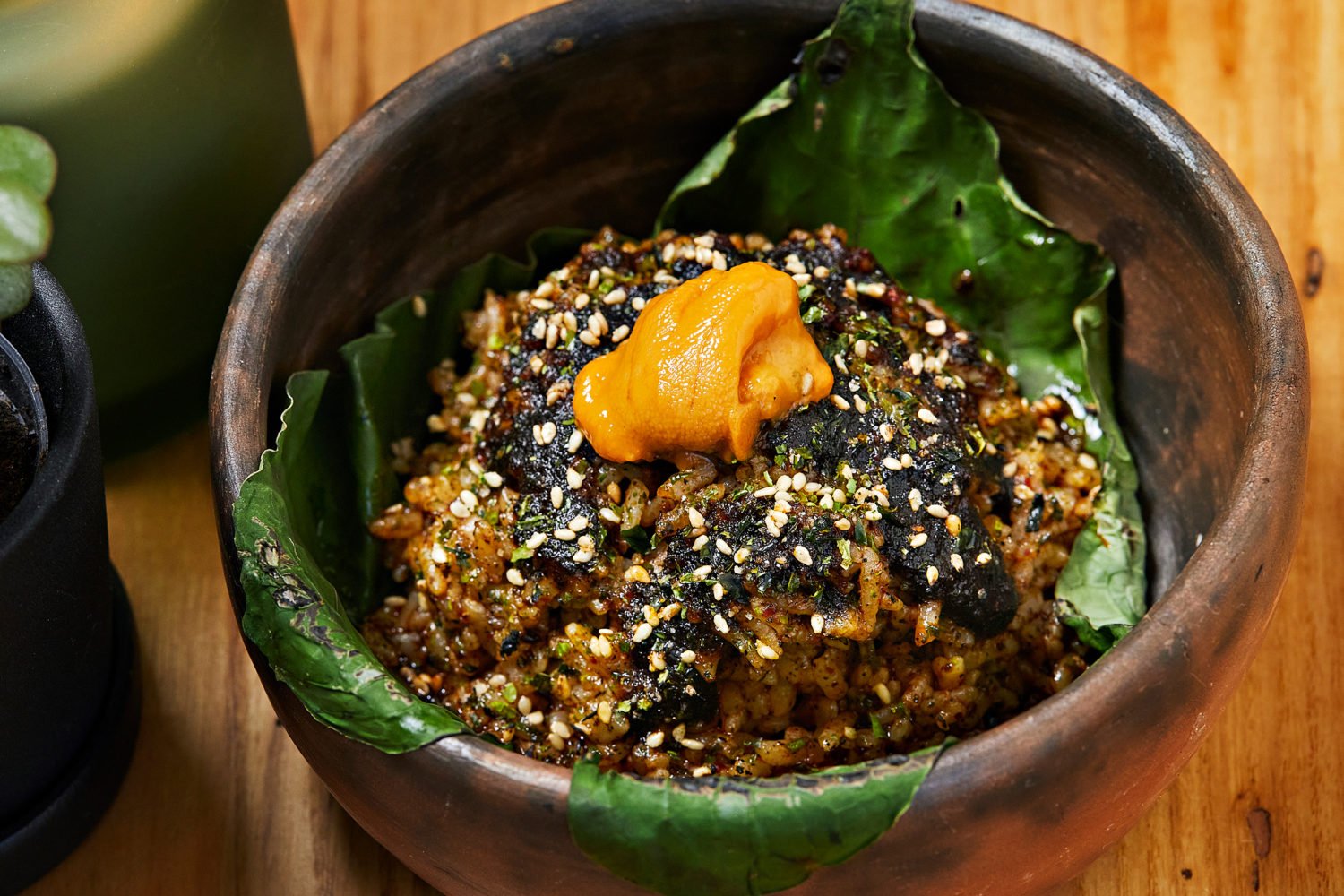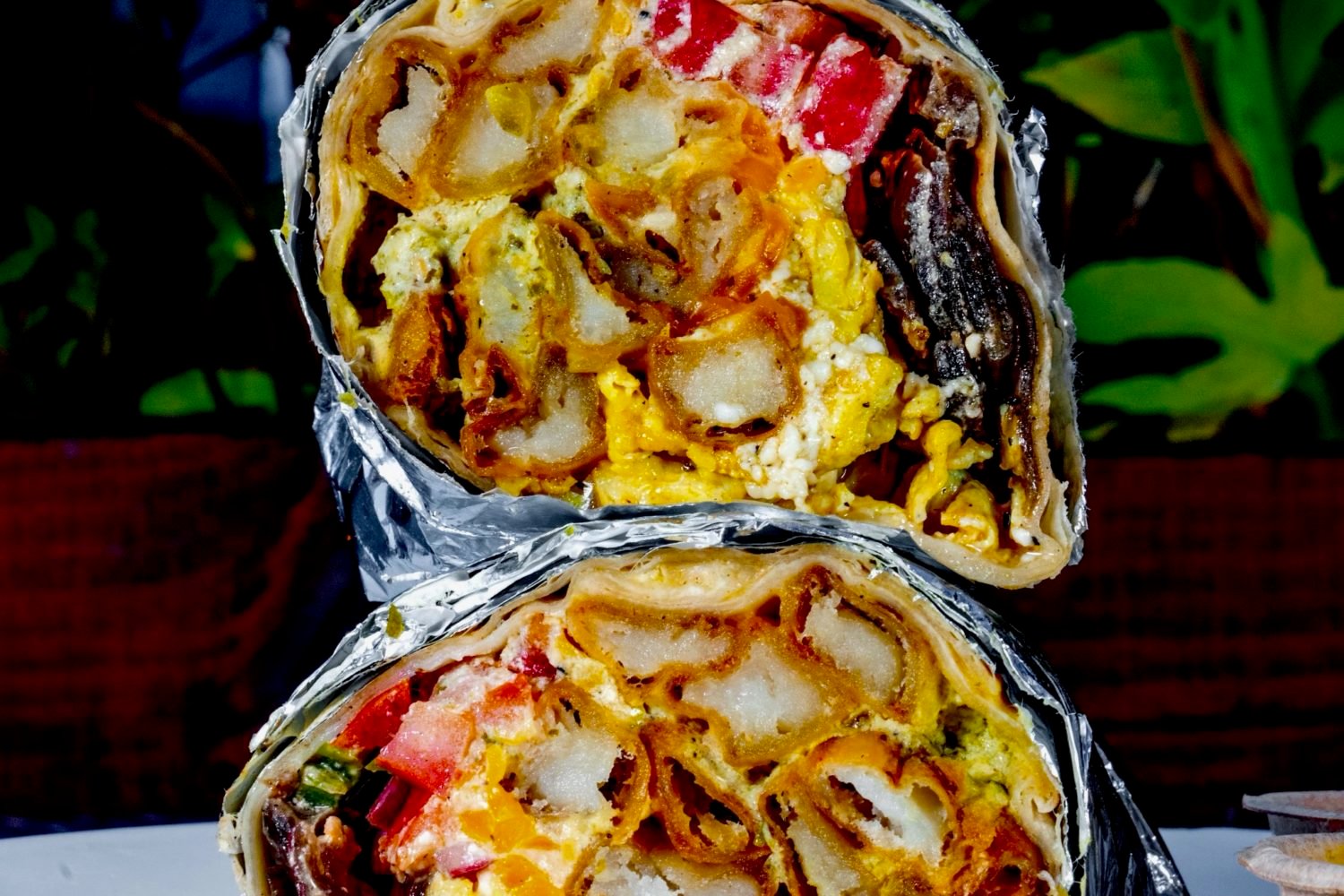In early July, brothers and DC Harvest owners Arthur and Jared Ringel sat down to discuss whether to close their H Street Corridor restaurant. Funds they’d received from the Paycheck Protection Program had just run dry. They were bringing in a quarter of their pre-pandemic sales. And they’d recently reopened their dining room after a five-week closure, only to get a trickle of customers and more worry about their personal safety.
Frustrated and fearful, Jared Ringel sat down at the bar and sent out a tweet sharing a recent five-star customer review: “Sorry to say, we are not going be able to survive much longer if we don’t get more business. The current situation has made it impossible to navigate.”
Ringel didn’t expect much from the tweet, but it took off fast. “People were retweeting, commenting, saying, ‘We’re coming tomorrow! We’re placing an order!’ and then we’d see their order pop up online for the next day. Even the sentiment people were saying to us uplifted us. We honestly didn’t think that many people cared about the business to that degree.”
Over the next week, business surged by 250 percent. The restaurant hadn’t done more than $2,600 in revenue on any single day since the pandemic began. The day after the tweet, it brought in $5,600 and was actually running out of food. A thousand dollars’ worth of donations to the staff relief found poured in—as did huge tips. The wave didn’t last forever, but it gave the business the jolt it needed to keep going. “We were no longer talking about closing,” Ringel says.
Restaurants have tried it all—selling groceries, reinventing menus, launching ghost kitchens, bargaining with landlords, applying for grants and loans, lobbying Congress—to survive this strangling health and economic crisis. But when none of it seems to be enough, one thing has become a poignant and fairly effective last-ditch move: the heartfelt social media plea for survival.
Tweets and Instagram posts calling for the public’s help have been going viral to varying degrees all summer. In June, Southwest Soda Pop Shop—a Black, female-owned ice cream shop at the Wharf —put out a tweet asking people to help save the business.
PLEASE HELP US SAVE OUR BUSINESS. We are a black female owned Ice cream shop located in SW DC @TheWharfDC we had to remain closed due to the pandemic resulting in great financial devistation. Black businesses are so important,especially right now .RT and spread the word. pic.twitter.com/69cCyMLzgT
— ? (@feelthatdrea) June 5, 2020
In the middle racial justice protests, the plea particularly hit a chord. The message was retweeted nearly 30,000 times, but more importantly, people showed up in droves. Over the next week, lines reached down the boardwalk with some customers waiting an hour for a cone. Meanwhile, the business’ GoFundMe has since raised more than $37,000—far beyond its $10,000 goal.
San Lorenzo chef/owner Massimo Fabbri was in a similarly dire position mid-July. He was accustomed to serving more than 100 people a night at his small Shaw Italian restaurant. But now he was barely reaching double digits. (His establishment’s lack of outdoor seating didn’t help.) He’d started cooking dinners in private homes to bring in extra revenue.
So, Fabbri wrote an emotional letter to supporters, which was also posted on social media. “When we opened, I pledged to my son Lorenzo that I would be making my Pappardelle with Rabbit Ragu and Tortelli with Robiola & Black Truffles in the restaurant named after him until the day that I couldn’t cook anymore. I plan to keep that promise, but without your help, it’s really hard for me to keep my word,” he wrote.
Right away, to-go orders increased tenfold. “I had people ordering $100 of food to go, and they’d put another $100 tip for the staff,” Fabbri says. One regular who dined in with his kids went in the kitchen and gave the entire kitchen staff $50 each.
The rush lasted a couple weeks, helping the business get to Restaurant Week, which provided another small boost. But things hardly went back to normal. Last year in August, the restaurant did nearly $200,000 in sales. This year, it was $60,000.
“It’s kind of like when you light a match. It does inflame immediately, but it doesn’t last forever,” he says. He adds: “We’re not looking at closing, but I can’t last another six months like this. I mean, that’s going to be rough.”
A couple weeks ago, 41-year-old Capitol Hill watering hole Bullfeathers posted a sad face emoji holding up a “HELP” sign on its Instagram page. The plea was familiar: “As you all know so many restaurants on Capital Hill have closed already and we could be next. For the past month Bullfeathers was on the edge of a shut down but we are trying to do everything we can to stay open.”
Afterward, Bullfeathers owner Tony Harris says he saw a 15-percent boost in business with a strong showing from its regulars. The team also created #SAVEBULLFEATHERS shirts and hoodies and sold just over 200 in the past two week.
The show of support helps, but Harris notes what would be even more helpful is relief from their landlord, increased capacity from the city, and federal aid. “Now we’re waiting on the government to decide what they want to do. I mean, c’mon, guys. Can you get it together and help us out or not?”
When Bullfeathers “put out the SOS,” it wasn’t specifically aimed at its many customers who may also happen to have power in Congress, Harris says, but if it hit home with them personally that would be a bonus. “Hopefully, they’ll think of something like that—the small guy trying to survive,” he says. “We’re still struggling along.”
Meanwhile nearby on H Street, DC Harvest’s business trended upward from August to September, buoyed by a new parklet, decent weather, and increased willingness of customers to dine inside. The restaurant recently hired four new employees, bringing them to about 75 percent of their “normal” staffing.
“I’m definitely nervous for winter, especially all this second wave talk and just being so cold,” Ringel says. “But we’ve been through so much at this point.”
Ringel had never been very expressive on social media before. He posted about the food and drinks and that was that. Now, though, he’s started speaking from the heart more and actually sharing some sales numbers publicly.
“I call it breaking the veil—just sort of speaking from the heart and saying things that were completely honest. Most businesses, you just don’t do that,” he says. “But things are different now.”

